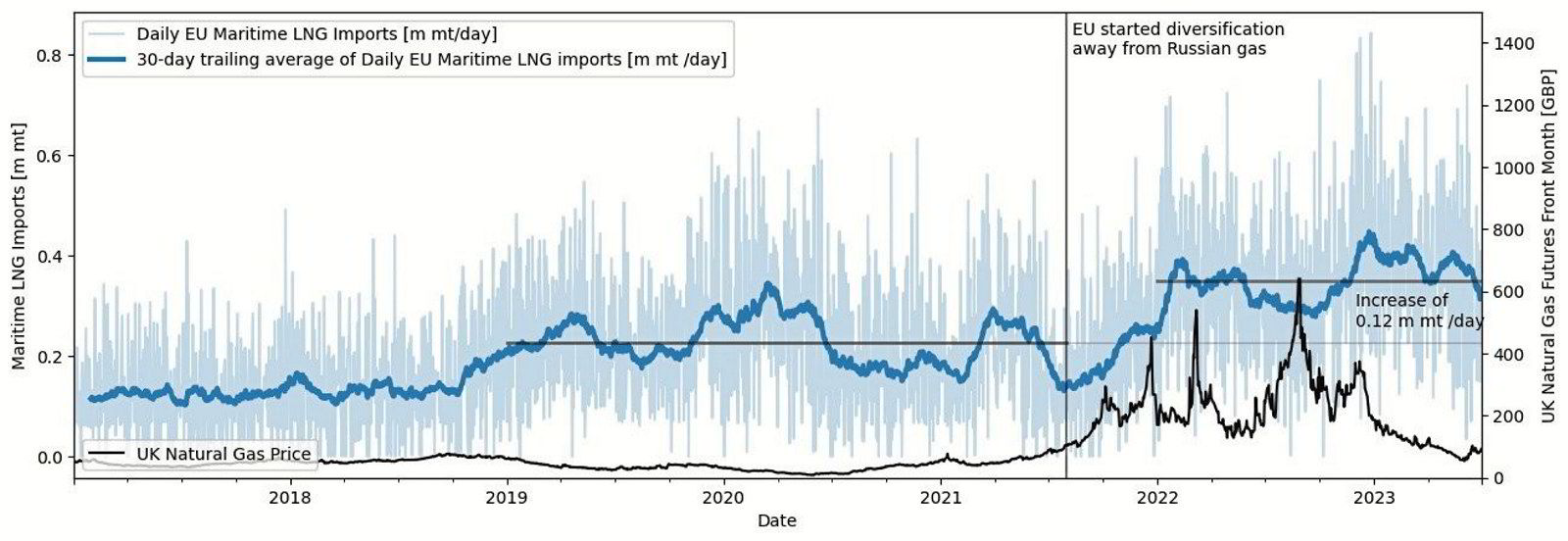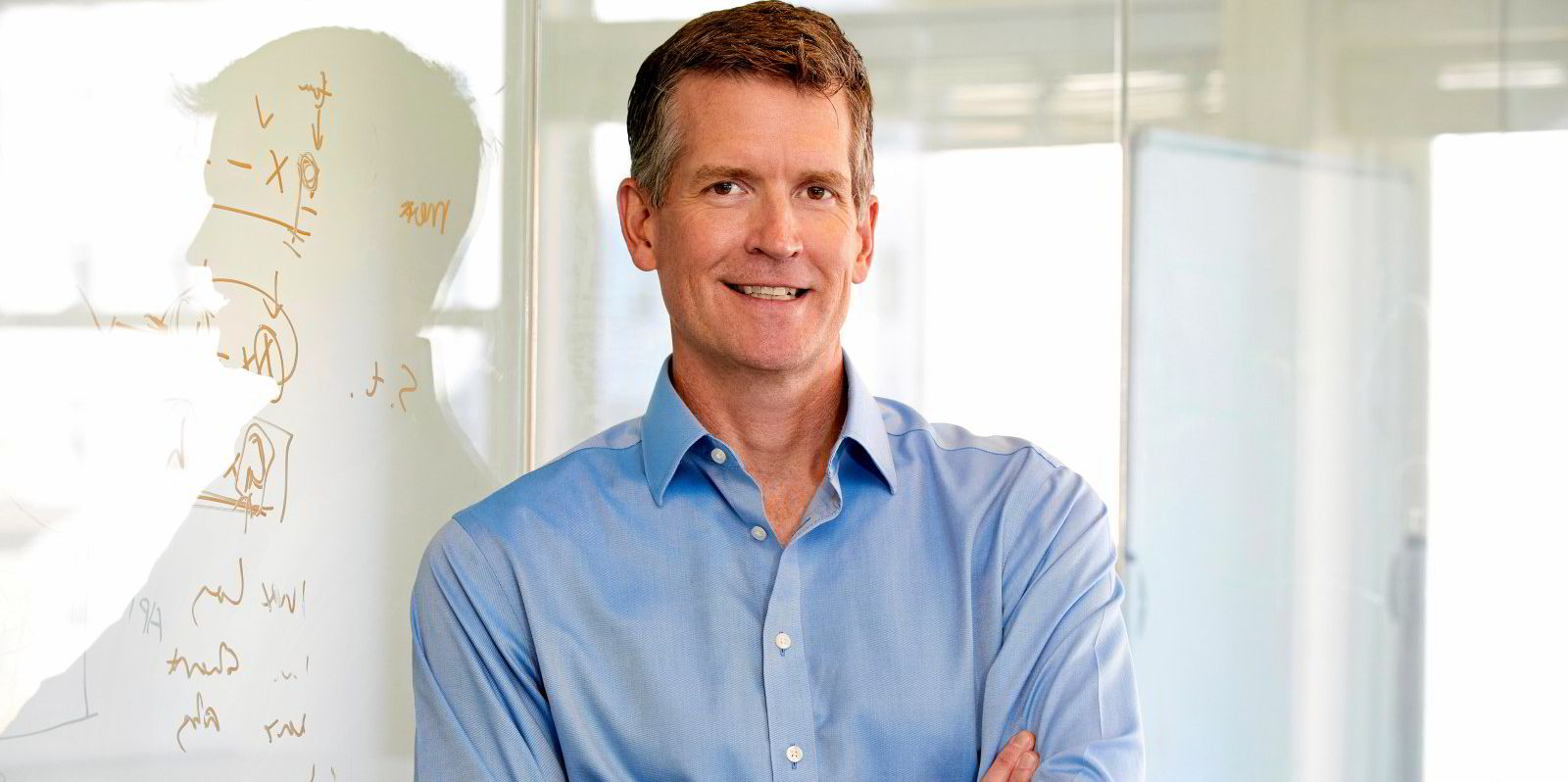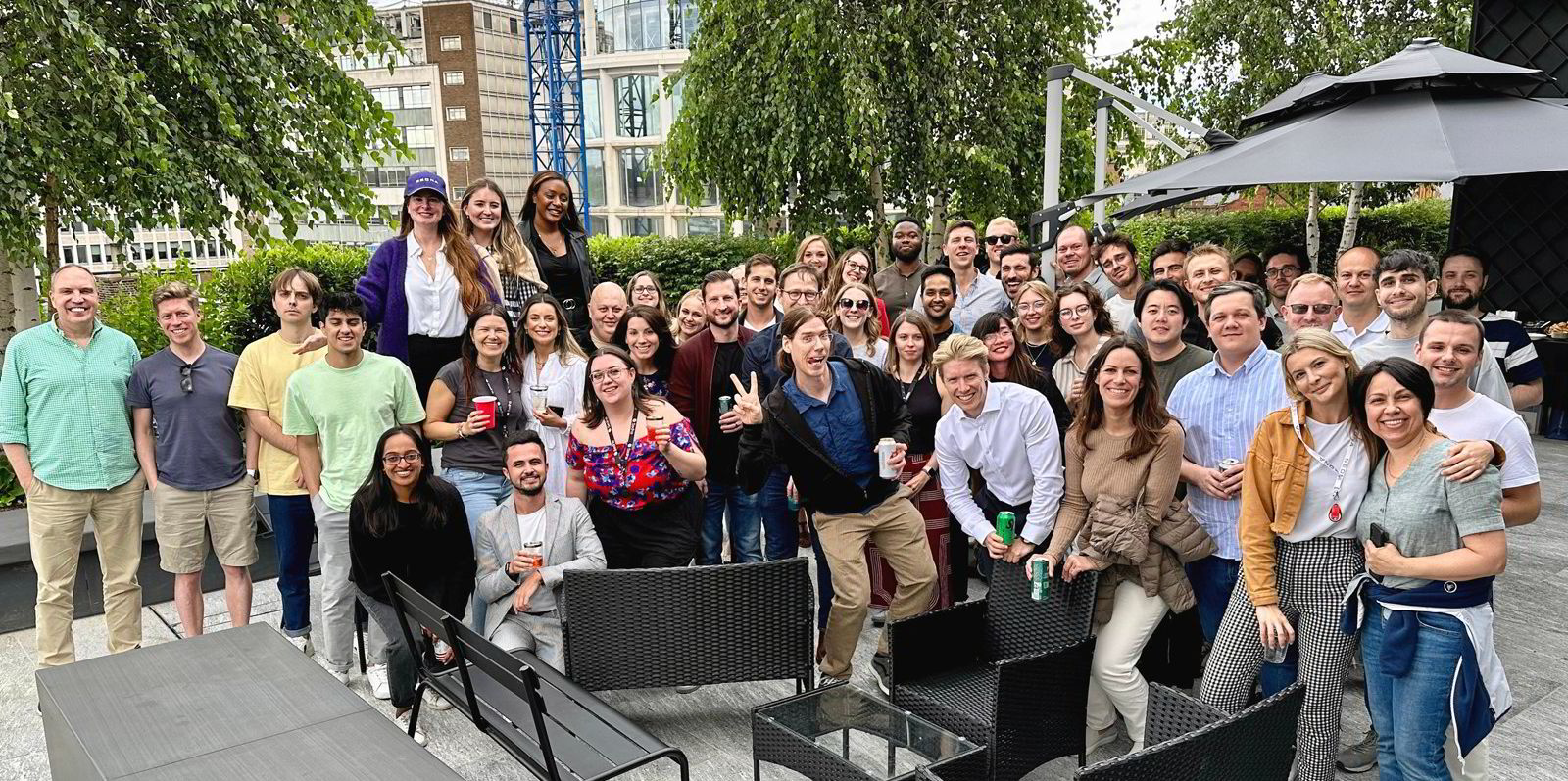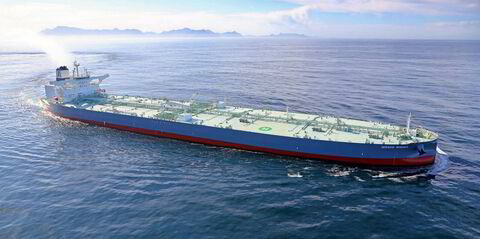After rolling out its first data product for a broad audience of investors as a market test last year and another in recent months, CargoMetrics Technologies has much more up its sleeve.
Chief executive Jes Scully said engineers and technology teams at the company, which started out as a hedge fund before shifting to a role as a maritime data intelligence provider, have completed the work that will allow it to begin rolling out new products with more frequency.
“The cover’s off,” Scully told TradeWinds. “We’re going to be introducing new products at a pretty healthy cadence.”

As TradeWinds reported in March last year, CargoMetrics’ first step into providing data for broad distribution was its Crude Pack, which crunched an ocean of data points from the tanker trade and provided it to customers through their Bloomberg machines.
Then in May this year, the Boston-based company rolled out three more products: the Iron Ore Pack, LNG Pack and LPG Pack.
The products are built for a variety of applications, from driving quantitative trading strategies to informing financial research and measuring the impact of trade disruptions or geopolitical events.
And the company has expanded its distribution channels, with access now also available through Amazon’s AWS Data Exchange.
The technical work is never done, but the company has laid a foundation for the increased rollout frequency.
“We really completed building an application layer on top of our maritime system that we’ve long believed is the most capable one that’s out there,” Scully said.
“And that application layer will allow us to bring some products to the market and also demonstrate the flexibility of that system.”
Scully said the appetite for the first three products this year has been strong, particularly from the investment management and systematic trading world.

And rolling out additional products has already started, with the Coal Pack released quietly. The company has already teed up a new data offering covering the refined oil product trade.
Scully said CargoMetrics aims to bring out 10 new data products before 2023 is complete.
It has selected the trades to follow by combining its previous experience using its proprietary data as a hedge fund with $250m of assets under management and listening to the traders and financial players that are its data customers.
But business intelligence firms have long been using ship movements to provide information about seaborne commodity movements. What makes CargoMetrics’ products different?
Scully said the company’s data is fully systematic, and it is point-in-time — a term for information that allows users to see how the data points evolve over time.

“There’s not humans tracking things, or people determining what did or didn’t happen at a port,” he said. “Our customers can receive that data and look at a lengthy history that’s point-in-time and know that it was consistently generated through that point in time, which gives them a lot of confidence.”
He said customers who look at the company’s LNG pack want to find signals that persist over time, but also how one-off events change trade.
For example, when Moscow invaded Ukraine, Europe looked to LNG to diversify away from Russian natural gas.
The CargoMetrics LNG Pack data shows how that is connected to a rise in volatility for UK natural gas front-month futures contracts. After a new baseline for European Union LNG imports formed last year, those UK natural gas futures prices settled in 2023.

And he said CargoMetrics does not surmise that that data is trusted. It knows it, because investment management customers routinely trade $250m to $500m in a day using the company’s data products.
Its rollouts have until now focused on commodities trades, and Scully said that will continue until about September, with a total of eight planned.
But another strand of data products focused on maritime emissions is in the works.
Scully said the first group of CargoMetrics emissions products is going to be focused on providing emissions benchmarks for shipping companies, cargo companies, port operators and insurance companies.
“The whole market is missing trusted data-driven benchmarks against which a company can say, ‘We truly are making progress towards our goal, or we’re not’,” he said. “And we see that as something that’s missing, and we hear that from market participants.”
The company will then turn to products focused on carbon trading. “We love this space,” he said.





